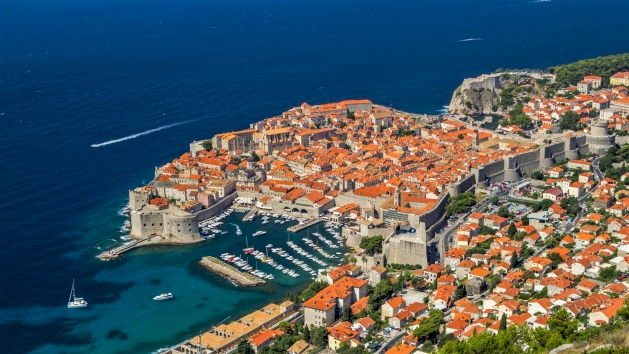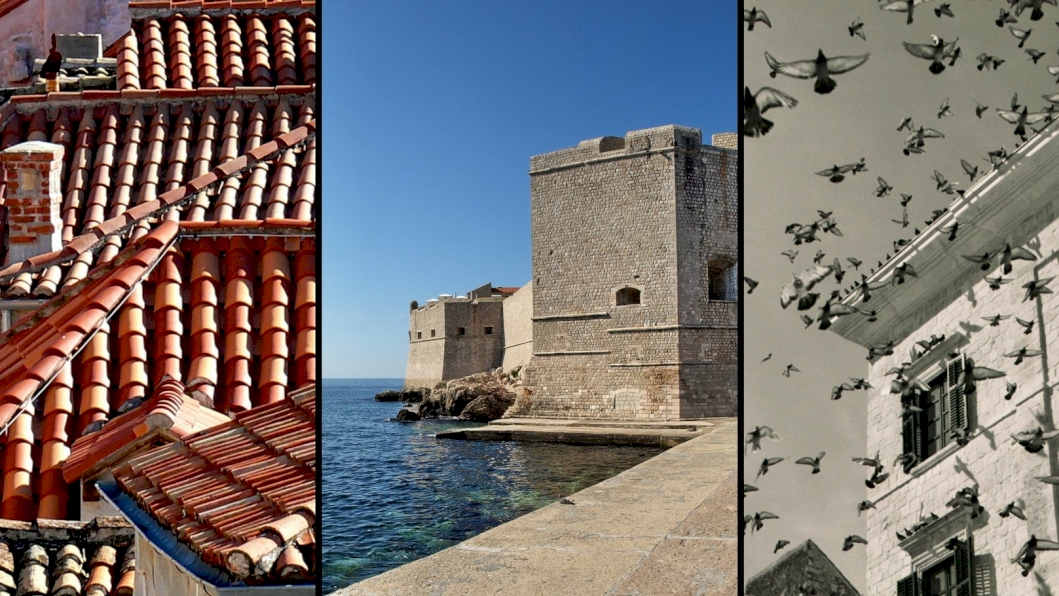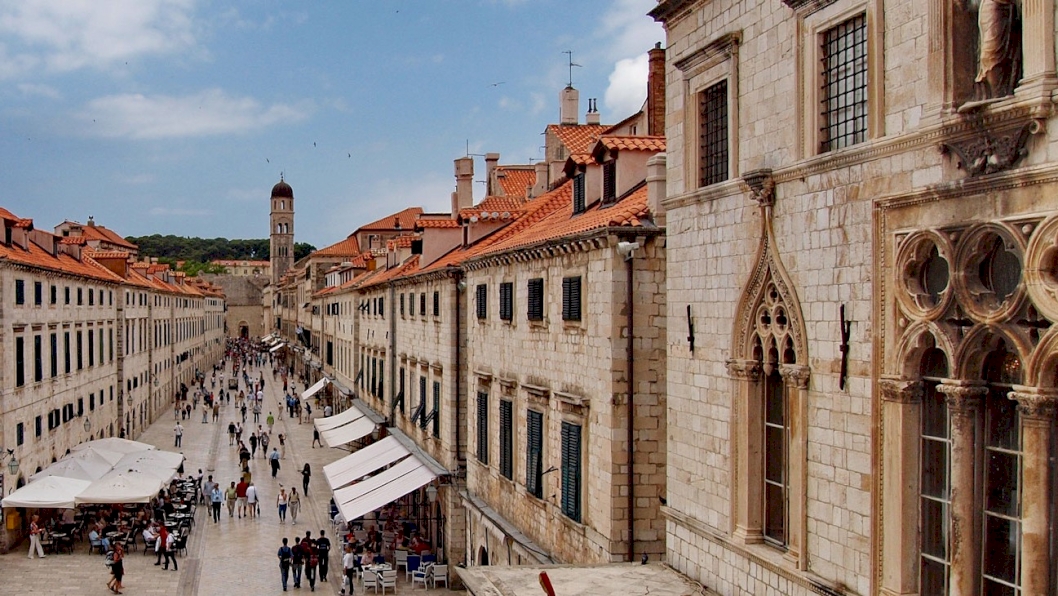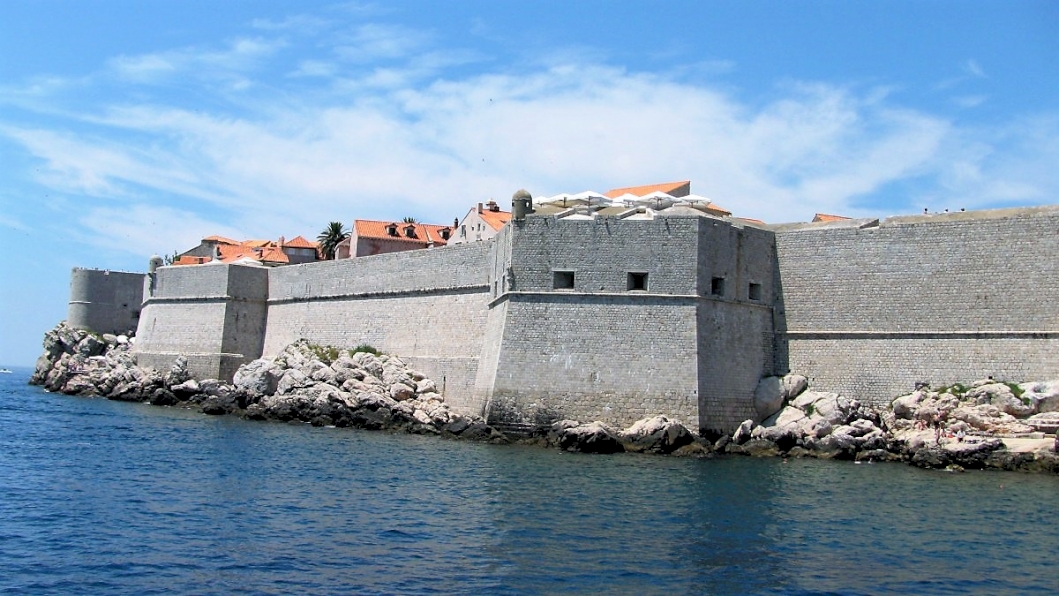Dubrovnik is town in South Croatia and a port on the coast of the Adriatic Sea. With 42,614 (2011.) residents, it is an urban, commercial, cultural, historical and educational centre of the region of South Dalmatia and it’s an administrative centre of Dubrovnik – Neretva County. Dubrovnik is one of the most important historical and tourist centers in Croatia. In 1979, the city of Dubrovnik was added to the UNESCO World Heritage List.
In the Middle Ages, as the Republic of Dubrovnik, it became the only city-state on the east coast of the Adriatic that competed with the Venetian Republic. With its wealth and diplomacy, the city achieved an extraordinary degree of development, especially during the 15th and 16th centuries. Dubrovnik was one of the centers of the development of the Croatian language and literature.
In recent history, it is the center of contemporary cultural and tourist events: the city of summer festivals - international festivals of top achievements of music and stage creation, the city of museums and galleries. These values have made Dubrovnik a space that offers a rich selection of diverse experiences and excitement, but also a complete vacation in a quiet, soothing environment with a mild Mediterranean climate and beautiful coastal landscapes.
Settlements within the city: Bosanka, Brsecine, Dubravica, Dubrovnik, Donje Obuljeno, Cajkovica, Cajkovici, Gornje Obuljeno, Gromaca, Klisevo,Knezica, Komolac, Kolocep, Ljubac, Lopud, Lozica, Mokosica, Mravinjac, Mrcevo, Nova Mokosica, Orasac, Osojnik, Petrovo Selo, Prijevor, Pobrezje, Rozat, Sudjuradj, Sustjepan, Sipanska Luka, Sumet, Trsteno & Zaton.
Known facts:
The first quarantine in the world took place in Dubrovnik in 1377.
Dubrovnik passed a decree abolishing slavery and banning the transport of slaves on January 27, 1416, the first ban on slavery in Europe.
The orphanage that was founded within the monastery of St. Clare, in 1432, was one of the first such institutions in the world.
During the construction of the Minčeta tower in 1464, there was a lack of stone, so it was ordered that everyone who came to Dubrovnik from the direction of Gruž or Ploče must bring a stone in accordance with their body structure.
Arboretum Trsteno near Dubrovnik, was founded in the 15th century and is the oldest arboretum in the world.
Giovanni Angelo Medici of Milan was archbishop of Dubrovnik from 1545 to 1553. He became pope on January 6, 1560 under the name of Pius IV. His successor Pius V recognized the Republic of Dubrovnik.
The naval fleet of the Republic of Dubrovnik in the 16th century had about 40,000 sailors and more than 180 large ships, it was among the strongest in the Mediterranean.
The Republic of Dubrovnik is the first country in the world to recognize the United States. That was in 1783.
Irish playwright George Bernard Shaw stated: "Those who seek paradise on earth should come and see Dubrovnik."
The Dubrovnik river Ombla with its 30 m long watercourse is one of the shortest rivers in the world.
Pope John Paul II visited Dubrovnik on June 6, 2003. He rode the Papamobile along Stradun, and in Gruška Luka he held St. Mass in front of 60,000 pilgrims.



















